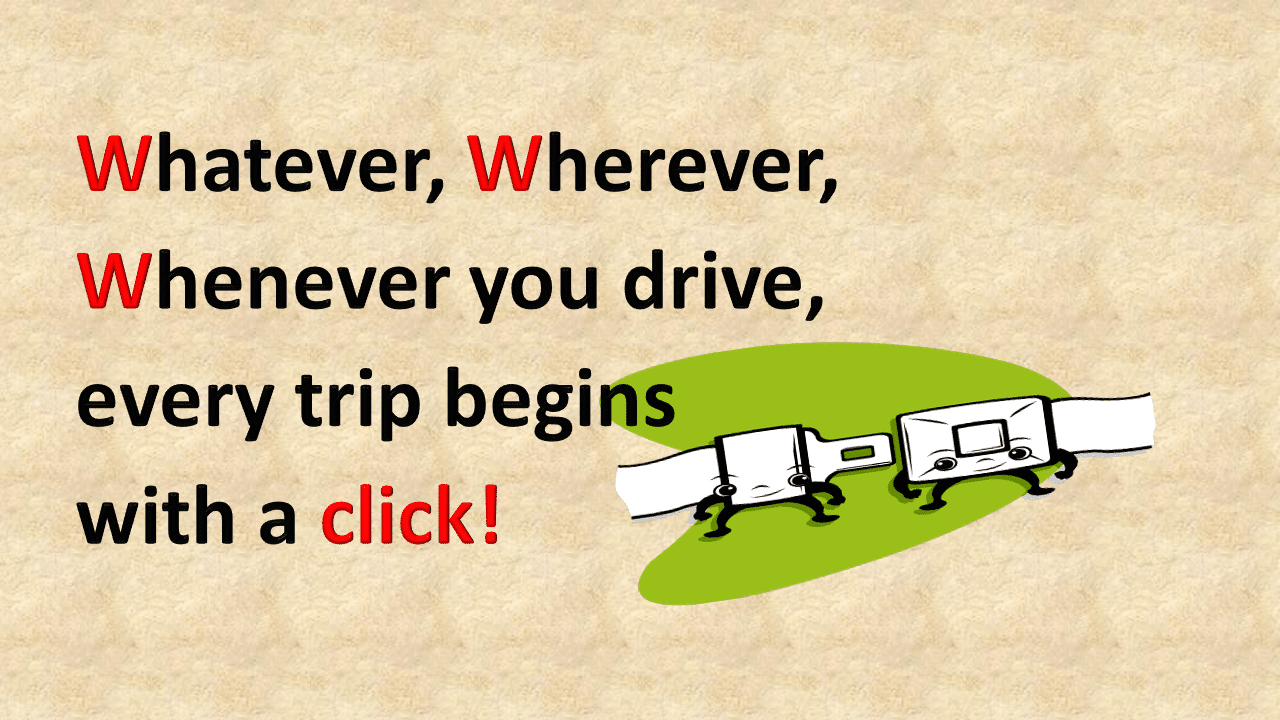Did You Know?
- Motor vehicle collisions remain a leading cause of injury-related death in Ontario.
- Every 11 hours someone in Ontario is killed or injured in a motor vehicle collision who wasn’t wearing their seatbelt.
- Occupants in motor vehicle collisions are on average, about 30 times more likely to be killed if they are not wearing their seatbelt.
- In 2010, the social cost of motor vehicle collisions to Ontario’s economy was an estimated $3.3 billion.
During a collision, properly fastened seatbelts help to distribute the collision forces over larger and stronger parts of the body, such as the chest, hips and shoulders. The seatbelt stretches slightly to slow your body down and to increase its stopping distance. Using seatbelts is the single most effective way to reduce collision related injuries and deaths.
What happens in a collision?
To understand the value of seatbelt use, it’s important to know what happens in a collision. There are 3 types of impact in a collision:
Vehicle collision: on impact, the vehicle begins to slow down and its exterior begins to crush.
Human collision: this occurs as the vehicle occupants contact some part of the vehicle’s interior. At the moment of impact, unbelted occupants and all loose items within the vehicle are still travelling at the vehicle’s pre-collision speed and continue to move towards the point of impact. Another form of human collision is “person-to-person impact.” Unbelted occupants colliding with each other can cause serious injuries.
Internal collision: the occupant’s internal organs, including the brain, continue to move within the body until they hit the skeletal structure.
What about child car seats and booster seats?
Motor vehicle collisions are a leading cause of injury-related deaths among children and youth. Most of these deaths could have been prevented if the child had been secured properly.
- almost 66% of children between the ages of 4 and 8 are using seatbelts instead of a child car seat
- only 34% of children in this age group are properly secured in a booster or child car seat
- when used correctly, child car seats can reduce the risk of death by 71% for infants under 1, and 54% for children aged 1 to 4
When children are restrained in a safety seat they are 67% less likely to be fatally injured in a motor vehicle collision compared to children who are travelling unrestrained.
Booster seats are required for children who have outgrown a child car seat but are too small for a regular seatbelt. A lap and shoulder combination belt must be used for all booster seats.
Ready for a Seatbelt?
The law in Ontario allows a child to start using a seatbelt alone once any one of the following criteria is met:
- child turns eight years old
- child weighs 36 kg (80 lbs)
- child is 145 cm (4 feet 9 inches) tall
However, it is important that a child is ready to use an adult seat belt. Make sure they can sit against the back of the vehicle seat with their legs bent comfortably over the edge, the shoulder strap of the seatbelt lies across their shoulder and the middle of their chest, and the lap belt crosses over their hips.
Questions?
If you are having trouble installing your infant or child car seat, call us at 519.352.7270 x 2903. We can answer your questions over the phone or book you into one of our monthly car seat clinics to check your seat or help you learn how to install it correctly. It’s what we do!
Source: Ontario Ministry of Transportation

